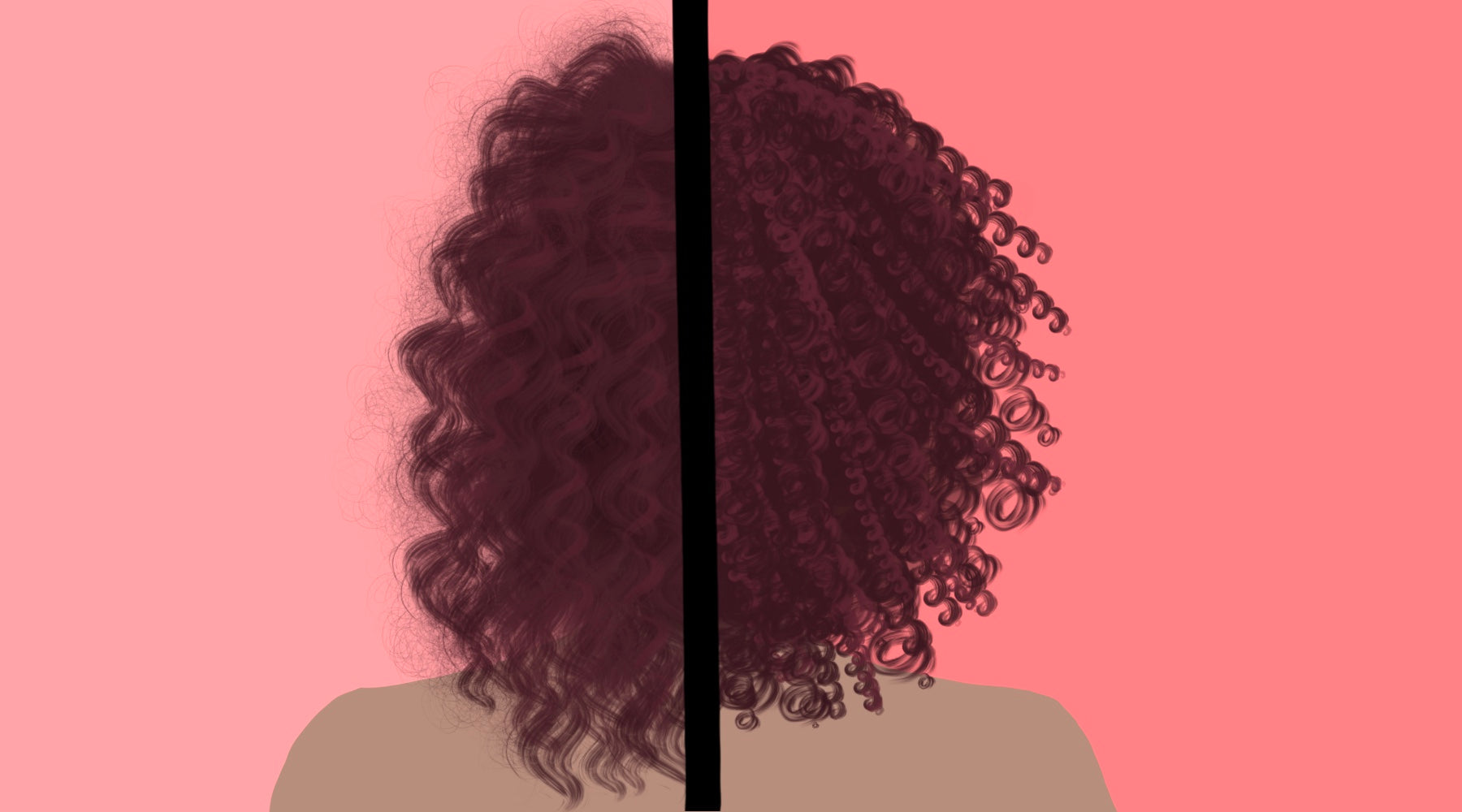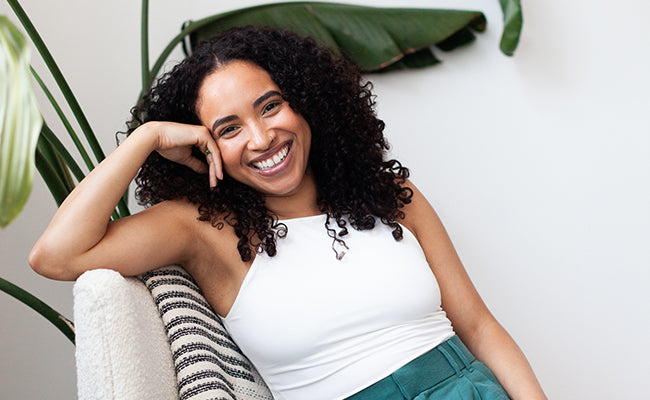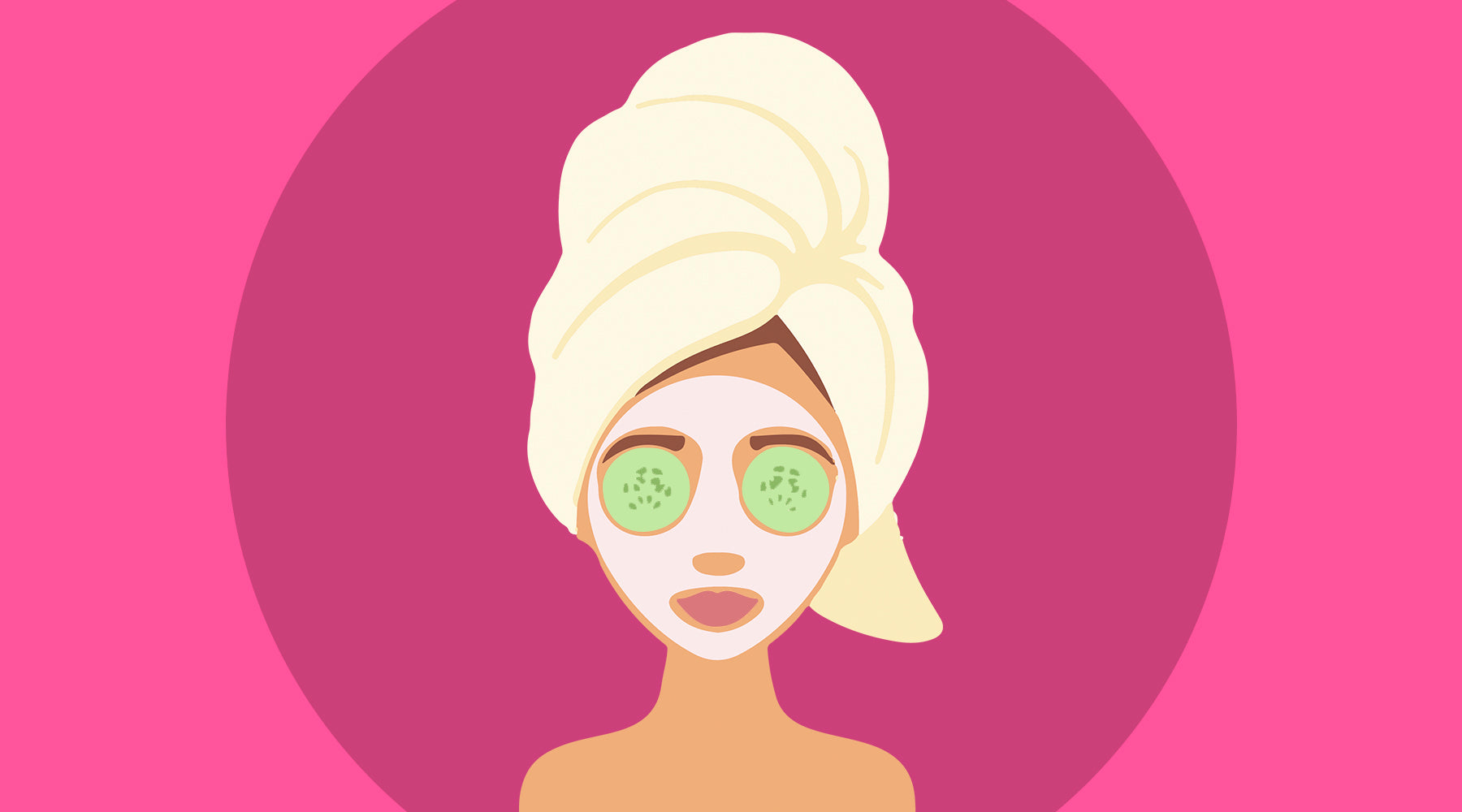Article: How to Transition From Damaged Hair to Natural Curly Hair

How to Transition From Damaged Hair to Natural Curly Hair
Are you transitioning back to natural hair and looking for tips?
Tip: Use the contact form to give us a shout and tell us about your story and hair needs so we could help.

The Quick Answer
So you might be like that top-left (April 2014) picture (damaged hair from either heat and/or chemical relaxer damage), hoping to flourish to that bottom-right (May 2015) picture where I had reached my curly hair potential. It took a lot of self-care and love to learn myself again and find my natural beauty — it’s a process! A lot of mental prep to be able to but the damage off (let’s call it “baggage”). If you want to be free of damage and learn to love and embrace your natural hair again, here’s what you need to do...
You need to stop using heat, like not even after washing (need to learn to stretch your hair during air drying), and do protective “transition” styles like braid/twist outs to blend the new growth in.
After that you keep caring for your hair and slowly trimming dead/damaged ends off. The goal is to repeat the process until all dead/damaged ends are eventually all cut out and all you have is your healthy new curls. You can speed up the process by doing the “big chop” and this is where you get inpatient and too excited to be fully curly 😂 aka I LOVE ME AND MY HAIR AND I WANT CURLS NOW.
Keep reading for a response we sent to someone 2 months post-relaxer (*modified):
The Long Answer
Hey Curly-Girl-to-be 👋🏾
Congrats on your decision to go natural, it's a long road but worth it in the end. Transitioning is what most people do when deciding to go natural, as the big chop is a drastic change. The "issues" with transitioning is the fact that you have to start dealing with 2 textures: your familiar relaxed hair and your natural new growth. Typically when you are faithful to your relaxers, as soon as you see some new growth you want to put that creamy crack on or slick it down like crazy. This will be your hardest time accepting the new growth.
Styling:
The most important thing will be reducing heat styles (little-to-no blow drying, and definitely no straightening) and keeping your hair moisturized and strong to reduce breakage. Styles good for transitioning are twist-outs, braid-outs, flat-twists & bantu-knots. Because your ends are typically dry (dead, oldest part of your hair), plus it’s damaged, it won’t curl like a natural’s would. However, there are always perm-rods which are great to add to the ends of your hair to make it curly – see youtube tutorial here. Whatever “protective style” (non-heat hair styling technique to protect hair) you find easy and you like, stick with it.
Regime:
You should be washing your hair at least once a week; Sunday is a good day for most, time-wise. “Pre-poo” the night before by saturating hair in coconut oil (the inspiration behind our Coconut Is Everything collection). In the morning, your hair will be soft enough to detangle with either your fingers or a WIDE-TOOTH comb. If your scalp feels gunky or you have product build-up, you may want to use a clarifying shampoo (use the Coconut Hydrating Cleanser). Wash your hair with either shampoo or conditioner (like our Coconut Cream Conditioner) as a “co-wash”. After rinsing, you can deep-condition or do a hot-oil treatment. Add your leave-in conditioner, then seal with a heavy moisturizing cream (like our Coconut Cream Soufflé or Butter Twist Pudding), or an oil blend. You may blow-dry your hair on low heat if you wish to do any protective styling, up to you, but this is where you begin to style your hair. Always sleep with a satin bonnet or pillow case at night to protect your hair as typical cotton pillowcases tug at your hair while you’re sleeping and draws out moisture.
All In all..
A lot of information to take in but definitely a starter to much healthier hair if you can do the regime! Good to take lots of pictures for comparisons and to keep track. Anything else, don’t be afraid to give us a shout and we’d love to hear your progress!



